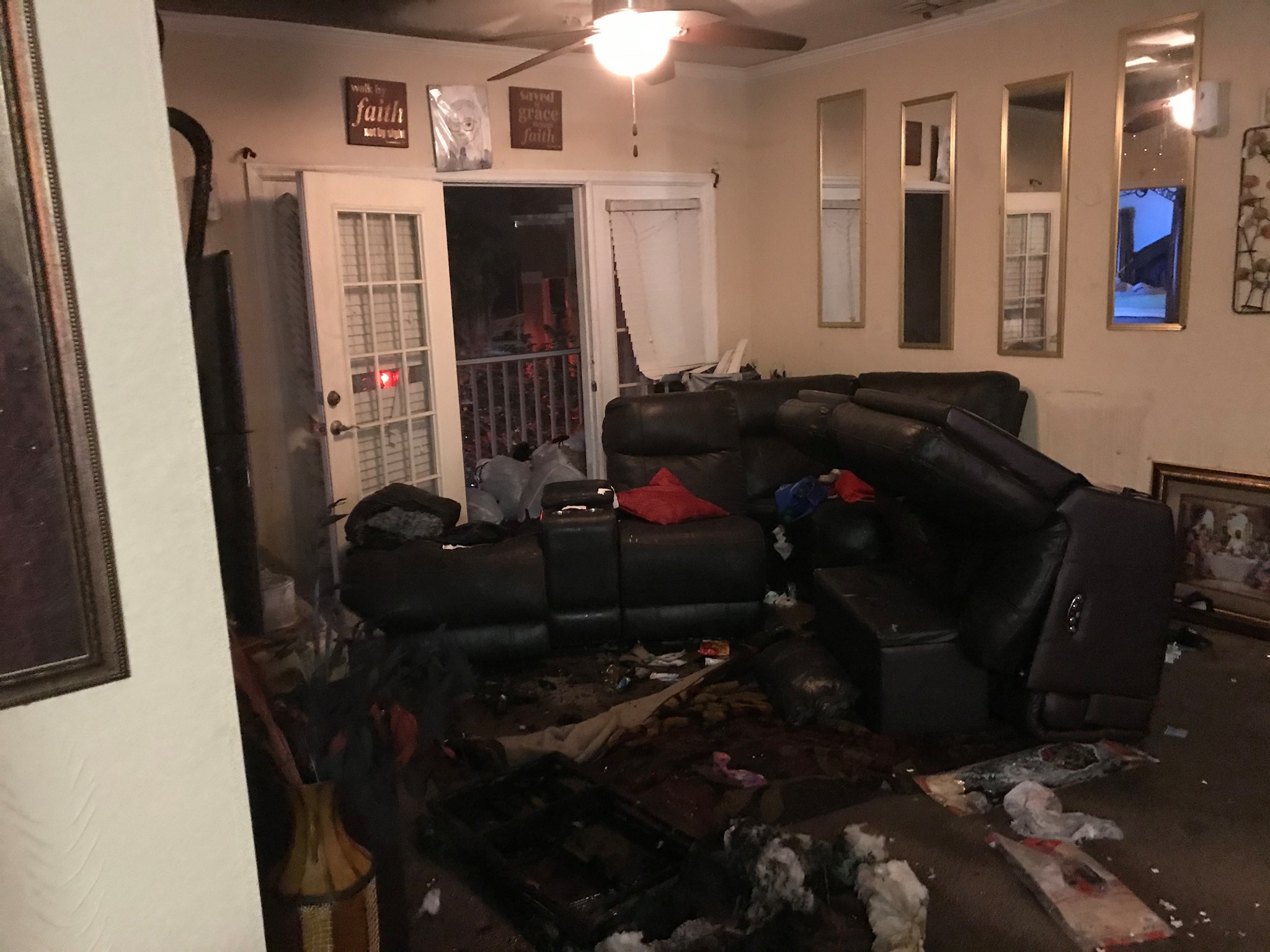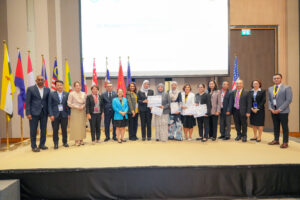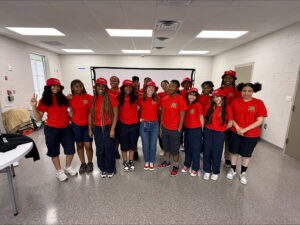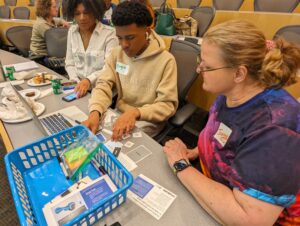Fire Sprinklers and a Closed Door Save Children from Fire

LAKELAND, Fla. — June 22, 2021 —The National Fire Sprinkler Association (NFSA) and the UL Firefighter Safety Research Institute (FSRI) are grateful to be able to share a sprinkler save that truly exemplifies the difference fire sprinklers and closing the door make when a fire occurs. Thanks go to the Lakeland, Florida Fire Department for their effective response to this incident and for issuing an incident report that reinforces the lifesaving properties of fire sprinklers and how the simple act of closing a door can mean the difference between life and death or serious injury.
“This is why all new construction, all new homes, should have fire sprinklers,” explains NFSA President Shane Ray. “This is going to happen more and more and, without fire sprinklers, this would have been a tragedy that firefighters faced instead of a save. This was a great example of the combination of smoke alarms, fire sprinklers, and close the door.”
On June 19th, the Lakeland, Florida Fire Department responded to a fire at a three-story, 48-unit apartment complex. The unit involved was on the third floor of the building.
“This save validates that synthetic furnishings like this sofa can create a significant amount of smoke, even when fire sprinklers are present and controlling the fire,” added Stephen Kerber, vice president, research and director, FSRI. “Lakeland Fire Department provided a great narrative of the life-saving impact that fire sprinklers coupled with a closed door can make!”
At the time of the incident, the apartment was occupied by a 13yr-old boy and 9yr-old girl who were home alone. The cause of the fire was determined to be a candle that was knocked over. After the fire ignited, the boy ran outside to get help. The girl ran into a bedroom and locked herself in. As the fire grew, it produced heavy smoke and enough heat to activate two fire sprinklers, which extinguished the fire except for smoldering fire within the couch.
Upon LFD arrival, the crew entered the apartment and was met with heavy smoke causing limited visibility. The crew made their way through the structure, unable to locate the fire. They came upon the locked bedroom door and found the girl inside. They safely rescued the girl, who suffered no injuries. They then found and extinguished the smoldering within the couch.
The LFD points out that this incident would have turned out much worse had the building not been protected by an automatic sprinkler system. Given the larger than normal fire load in the apartment, the location of the girl and the construction type, this incident could have had a deadly ending. Instead, the building suffered no fire damage and other damage was limited to water damage and fire department access during primary searches of neighboring units.
About the National Fire Sprinkler Association (and information, visit www.nfsa.org for the latest material, statistics and a dedicated team of fire safety advocates ready to serve all stakeholders in order to fulfill the vision of a safer world. NFSA):
NFSA was founded in 1905 and wants to create a more fire safe world, and works to heighten the awareness of the importance of fire sprinkler systems from homes to high-rise and all occupancies in between. The Association is an inclusive organization made up of dedicated and committed members of a progressive life-saving industry. This industry manufactures, designs, supplies, installs, inspects, and services the world’s most effective system in saving lives and property from uncontrolled structural fires.
For more information about fire sprinklers, how they work and access to additional resources.
About UL Firefighter Safety Research Institute
UL Firefighter Safety Research Institute (FSRI) advances fire research knowledge and develops cutting edge, practical fire service education aimed at helping firefighters stay safe while more effectively protecting people and property. Guided by a global advisory board comprised of fire service personnel, UL FSRI investigates residential, commercial, and industrial fires through full-scale testing, field-testing, and modeling to replicate actual fires faced by firefighters. Research results are shared through interactive training courses that have reached hundreds of thousands of firefighters globally. To learn more, visit ULFirefighterSafety.org. Follow UL Firefighter Safety Research Institute on Twitter, Instagram and Facebook.
PUBLISHED









